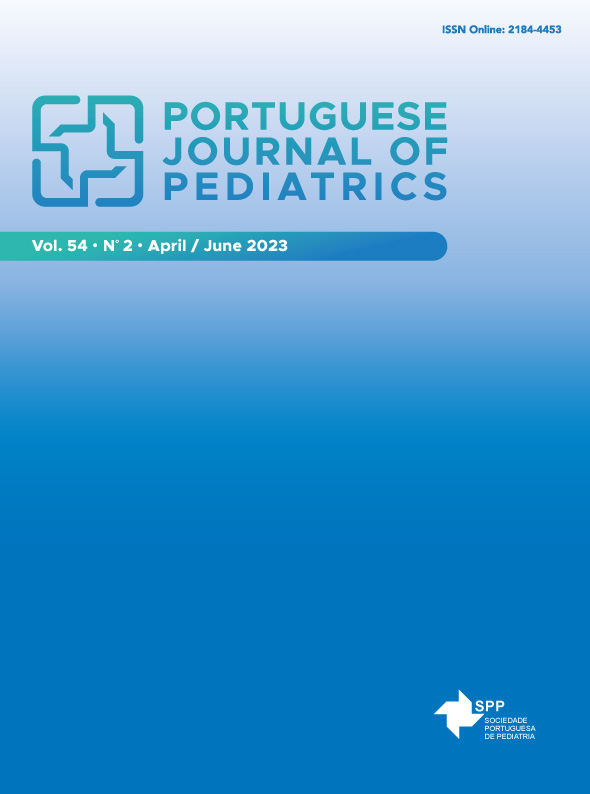Higher Metabolic Dysfunction in Adolescents Who Were Born Very Preterm: Case Control Study
DOI:
https://doi.org/10.25754/pjp.2023.26191Abstract
Introduction: Literature has shown an increase in cardiovascular risk and metabolic changes in adolescents and young adults who were born preterm. In this regard, the present study aimed to assess metabolic dysfunction in adolescents who were born at less than 32 weeks of gestational age.
Methods: This case-control study was performed on adolescents within the age range of 10-17 years and born in a level III maternity, with gestational age of < 32 weeks. Controls were healthy adolescents with gestational age of ≥ 37 weeks. Demographic data, cardiovascular risk history, and clinical data were evaluated and blood tests were performed.
Results: In total, 110 preterm and 48 controls were enrolled in the study. Based on the results, mean systolic (118.8 vs 112.6 mmHg, p = 0.001) and diastolic (61.7 vs 58.5 mmHg, p = 0.014) blood pressures were statistically higher in preterm infants, compared to the controls. The preterm adolescents had a higher waist-to-height ratio, fat mass, fasting blood glucose, insulin, homeostasis model assessment for insulin resistance, total cholesterol, low-density lipoprotein, and apolipoprotein B100, compared to the controls. However, none of these differences were statistically significant. It was found that preterm adolescents had more metabolic dysfunction risk factors, compared to the controls (p = 0.007).
Discussion: Prematurity contributes to higher cardiovascular risk and metabolic dysfunction. Moreover, higher arterial blood pressure seems to be the most important clinical finding in this study. Close monitoring of risk factors, particularly blood pressure, in adolescents who were born at less than 32 weeks is important for the prevention and early diagnosis of metabolic and cardiovascular comorbidities in adulthood.
Downloads
Downloads
Published
Issue
Section
License

This work is licensed under a Creative Commons Attribution-NonCommercial-NoDerivatives 4.0 International License.









